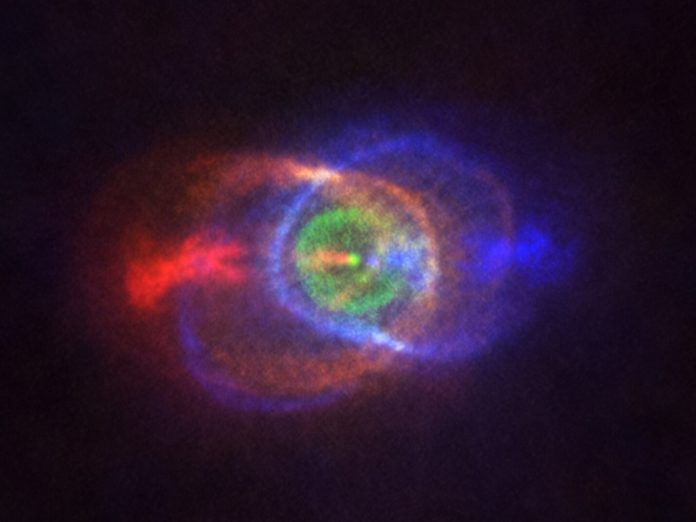
Astronomers at the University of Toronto (U of T) have made an exciting discovery: the first pairs of “living” stars and “dead” remnants in young star clusters.
These star pairs, called white dwarf–main sequence binaries, could solve some of the biggest mysteries in astrophysics, such as how stars evolve, how galaxies form, and even how powerful cosmic events like supernovae and gravitational waves occur.
What are binary stars?
Most stars in the universe live in pairs, orbiting a shared center of gravity. These are called binary stars.
Nearly half of all stars like our sun have at least one companion. However, the stars in these pairs don’t evolve at the same pace.
The more massive star lives a faster, shorter life and goes through its evolutionary stages much quicker than its smaller companion.
When a star reaches the end of its life, it expands dramatically during the red giant phase. If this happens in a close binary system, the dying star can swell so much that it engulfs its companion.
This creates what astronomers call a common envelope phase, where both stars are wrapped in the same outer layer of material.
What happens during this phase is still a mystery, and scientists have long struggled to understand how it affects the stars’ evolution.
When a star dies, it often leaves behind a small, dense remnant called a white dwarf. Finding binary systems where a white dwarf is paired with a “living” main sequence star can help astronomers understand the common envelope phase and its effects. However, these systems have been extremely hard to identify—only two had been confirmed in star clusters before this research.
Using machine learning and data from the European Space Agency’s Gaia telescope, along with 2MASS and Pan-STARRS1 surveys, the U of T team discovered up to 52 potential white dwarf–main sequence binaries in 38 star clusters. Since the stars in a cluster form around the same time, these binaries offer a rare chance to study how stars evolve together, from their early stages to their current post-common envelope phase.
Lead author Steffani Grondin explained that this discovery is a big step toward understanding the life cycles of binary stars. “Binary stars play a huge role in our universe,” she said. “This work will help us understand the most mysterious phase of their evolution.”
These binaries are not just important for studying stars—they’re also linked to some of the universe’s most dramatic events. For example, binary systems with compact objects like white dwarfs can trigger Type Ia supernovae, powerful explosions that help astronomers measure the universe’s expansion. They can also merge and create gravitational waves, ripples in spacetime detected by observatories like LIGO.
The researchers will now use telescopes like Gemini, Keck, and Magellan to confirm and study the properties of these star pairs in detail. Co-author Joshua Speagle noted that machine learning was key to finding these systems quickly, something that would have been impossible to do manually.
Professor Maria Drout added, “There’s still so much in our universe waiting to be discovered. These findings will have a big impact across multiple areas of astrophysics.”
This groundbreaking work is just the beginning of unlocking the secrets of stellar evolution, offering a clearer view of the universe’s past and future.
Source: University of Toronto.



